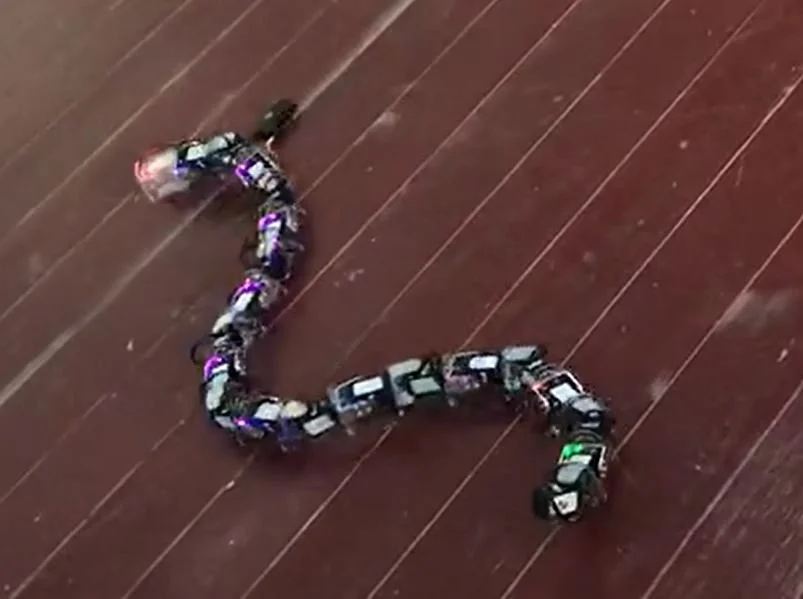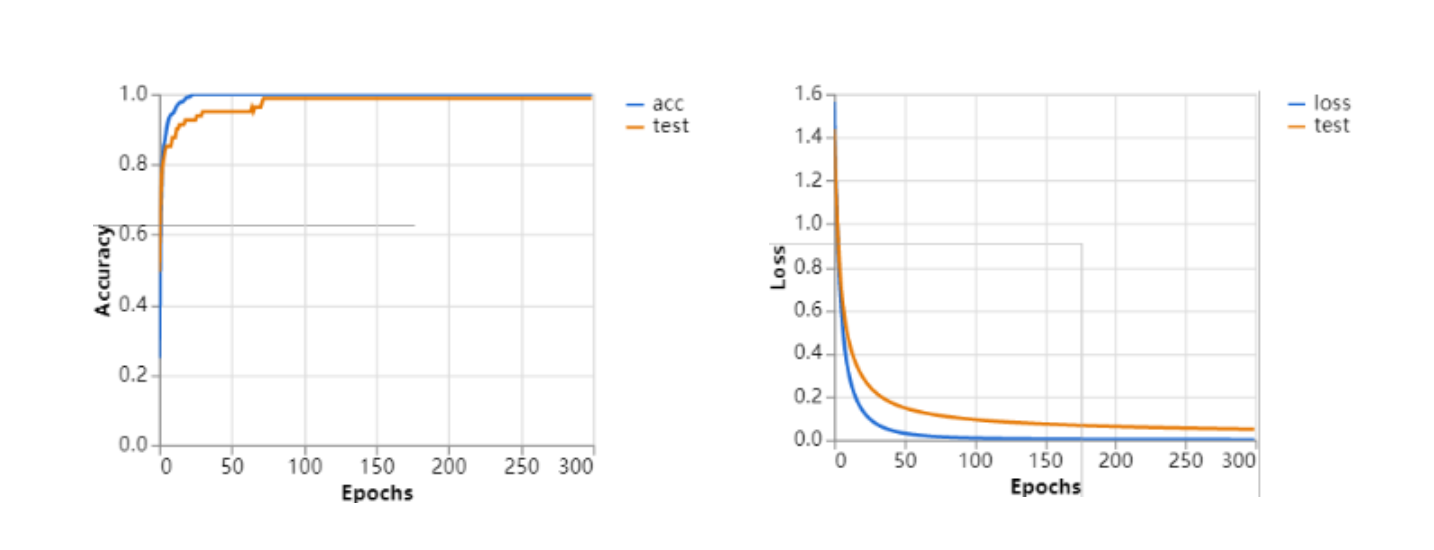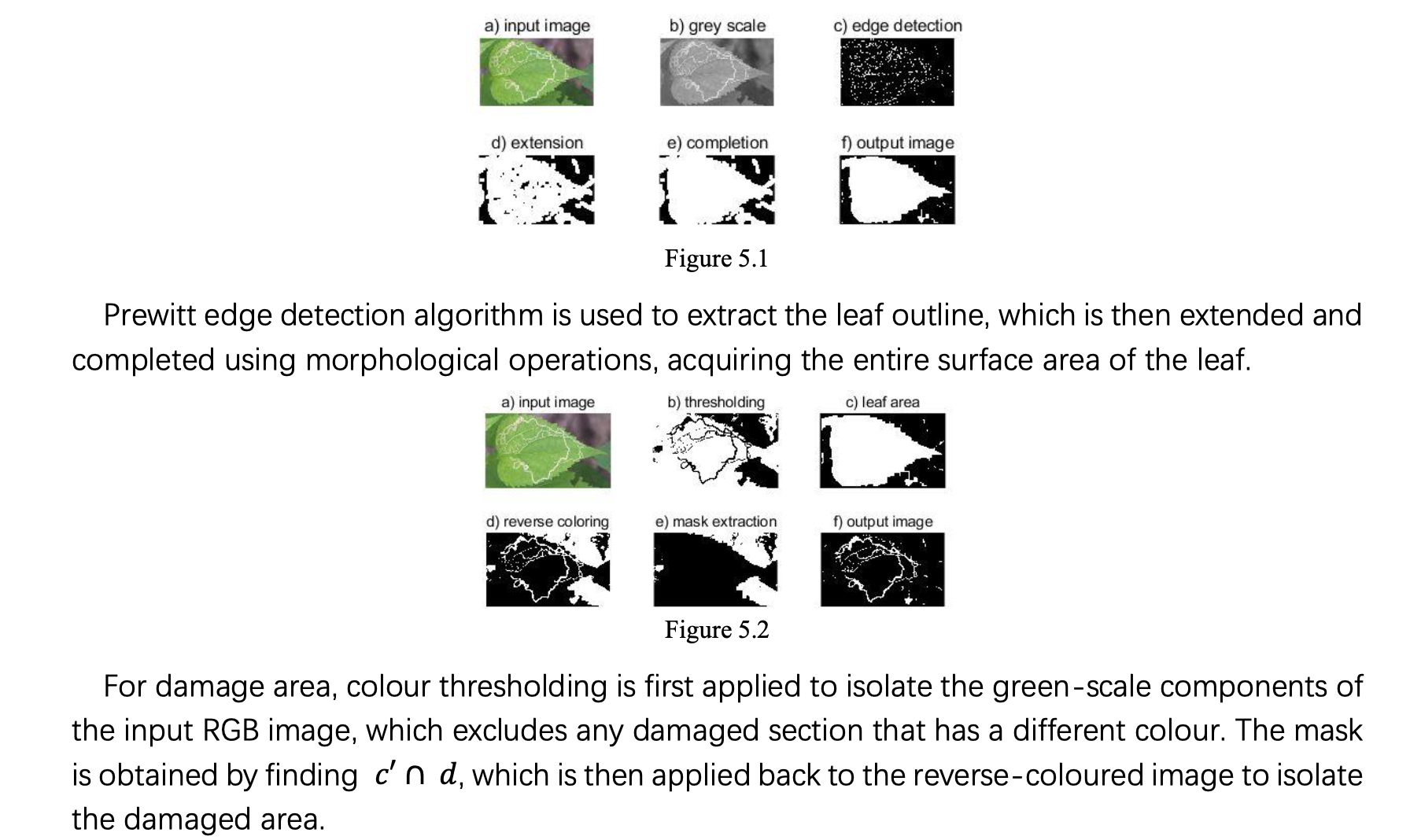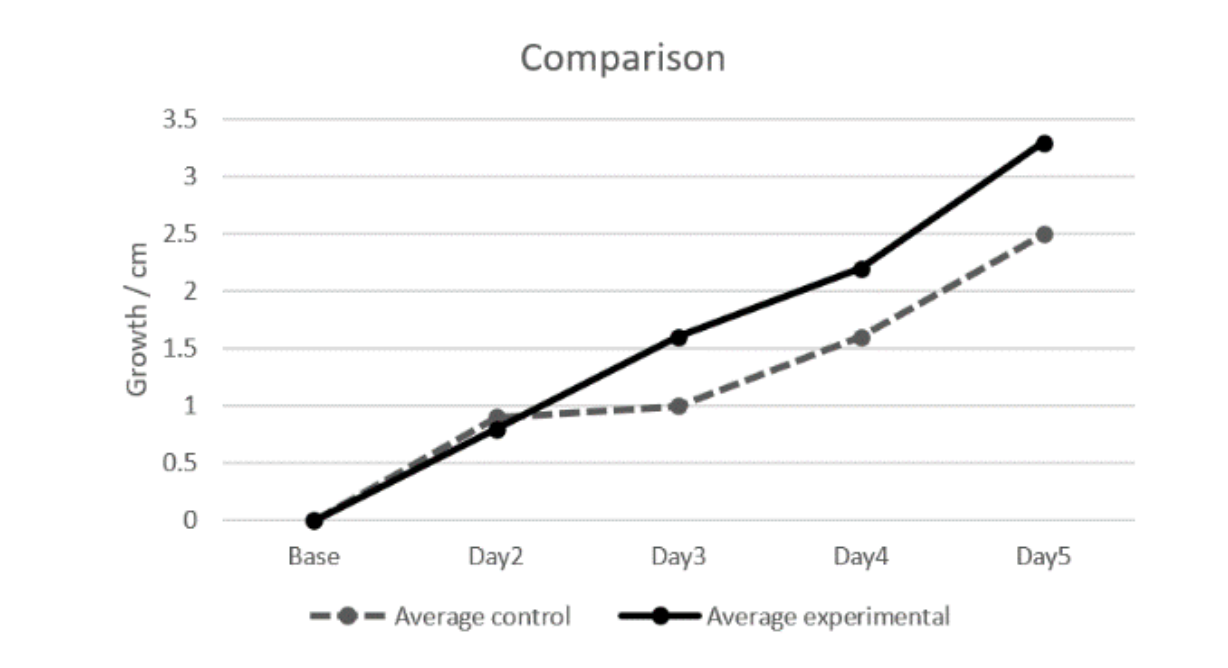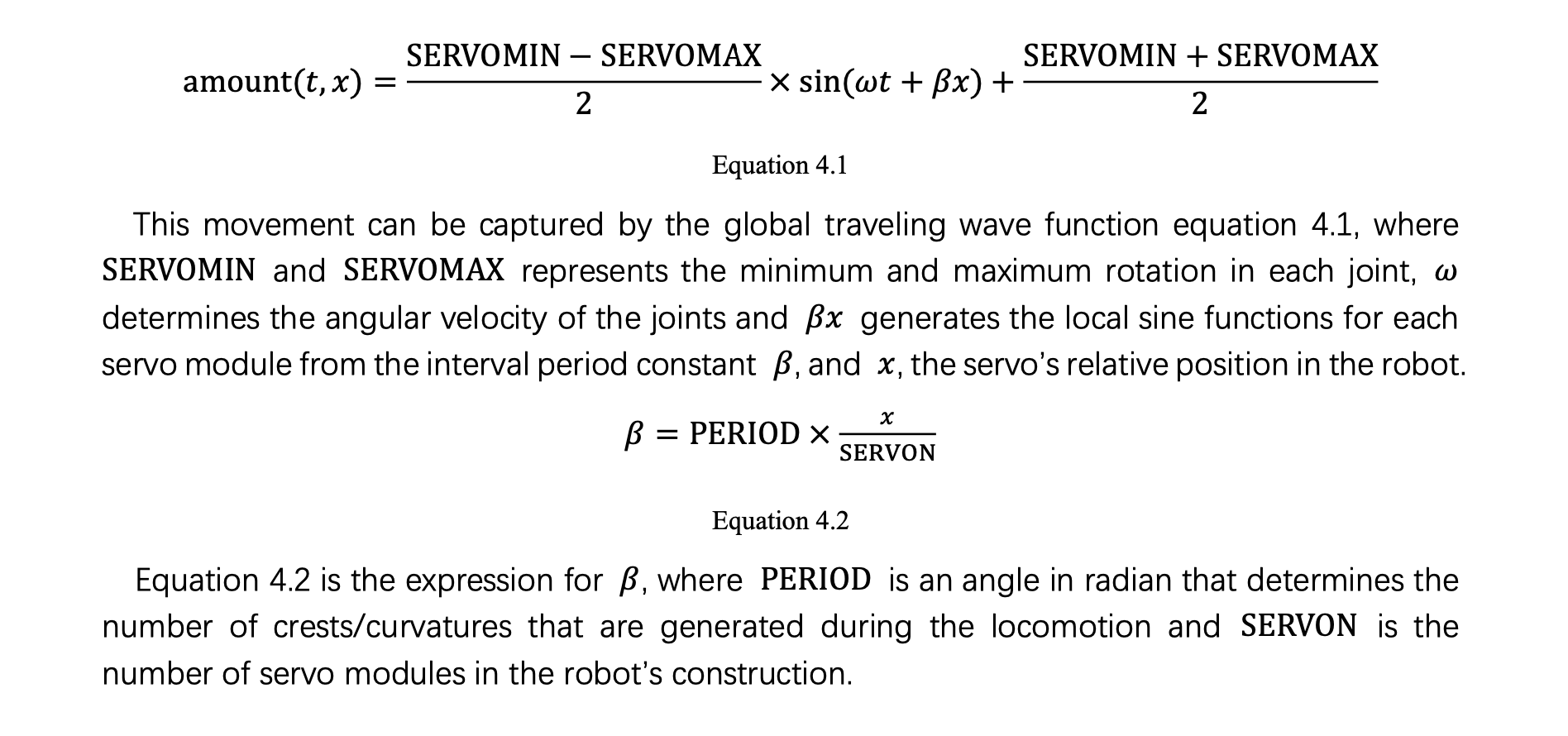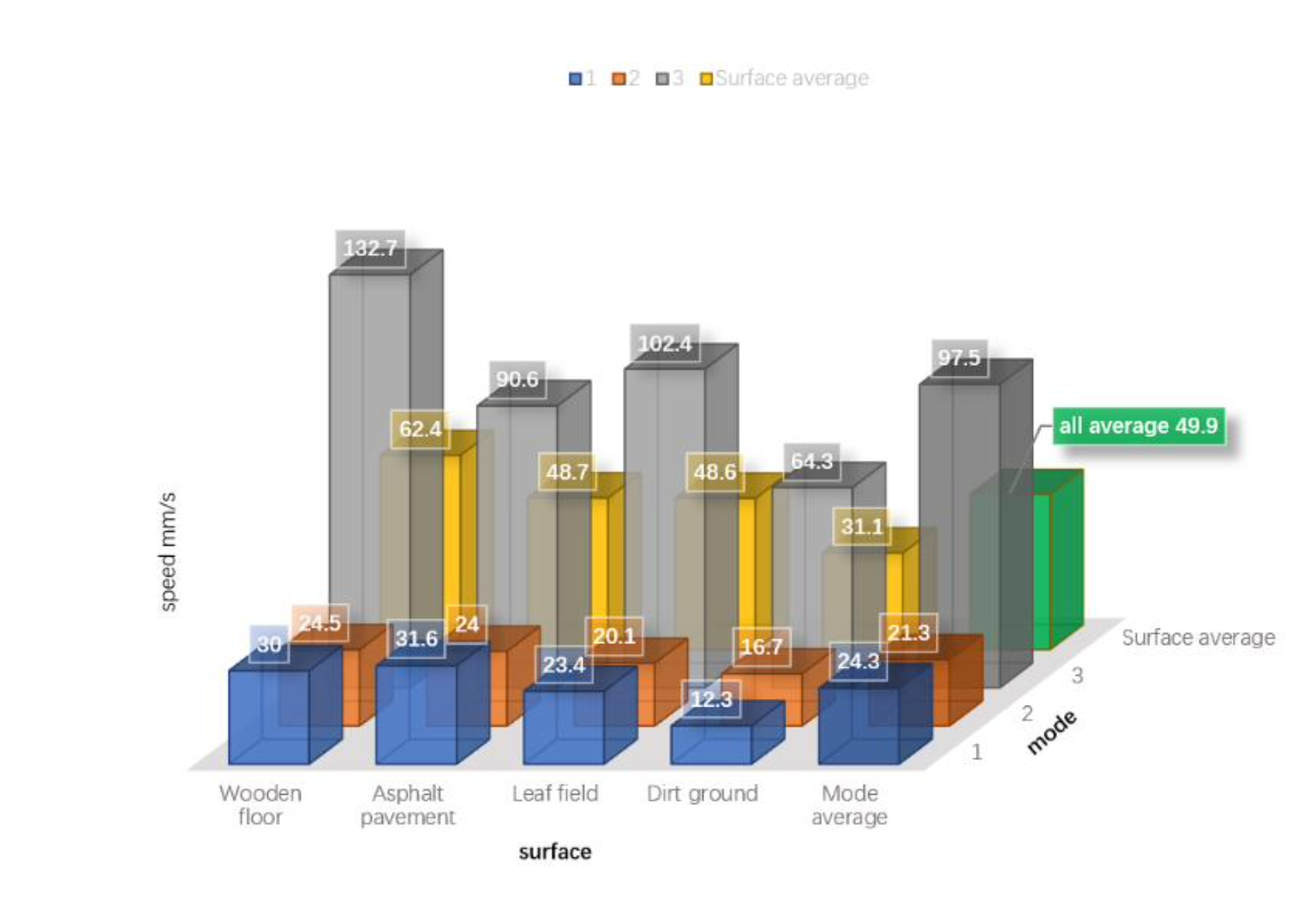Jun 2019 – May 2020
Bionic Snake Robot & Pesticide Overuse Research
Developed an integrated software & hardware solution able to recommend pesticide usage to lower plant phytotoxicity and enhanced plant growth
2020 Russian National Youth Science Forum Awards
Full abstract: An Integrated Solution to Pesticide Overuse Based on GoogLeNet and MATLAB for Smart Pest Management Programmes
The excessive use of pesticides is a prevalent issue worldwide. Pesticide residues could cause phytotoxicity in plants, harm local ecosystems, and contaminate water sources, thereby inflicting damage on humans and animals. The Integrated Pest Management program in the United States was devised to regulate the use of chemicals in agricultural sites, based on a wealth of information collected on pest insects in a local area. To facilitate the acquisition of abundant and accurate first-hand data about pest insect distribution for long-term pest management, an integrated solution is advanced. The solution consists of a software component, which could identify the type and severity of pest damage on leafed plants through computer vision, and a hardware component, which is a hyper-redundant bionic snake robot that could pass surface openings that are 280mm apart, climb through narrow passages with widths of 75mm, and traverse four types of surfaces with varying roughness and unevenness with an average velocity of 49.9mm/s. Thus, it can accommodate the complex terrains of farmlands and avoid unintentional damage to crops during monitoring. The trained GoogLeNet is capable of classifying images into 5 common pest damages with 0.99 accuracies. The images can be further analyzed by image processing algorithms to determine the seriousness of the damage and suggest the amount of pesticide required to control the pest population. The benefits of the proposed solution are demonstrated in an experiment, in which the smartly managed plants that were exposed to fewer insecticides achieved 14.7% greater growth over 5 days and displayed fewer signs of phytotoxicity, compared to the control group.
